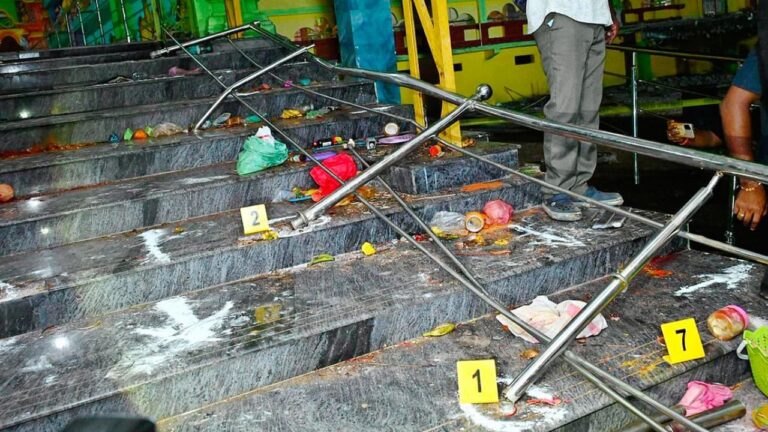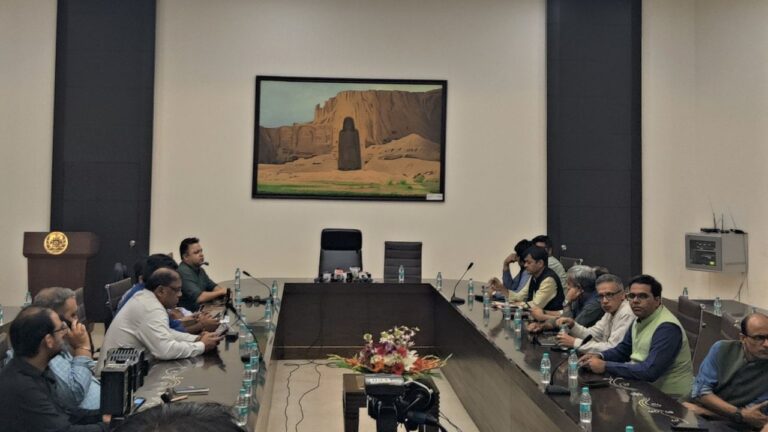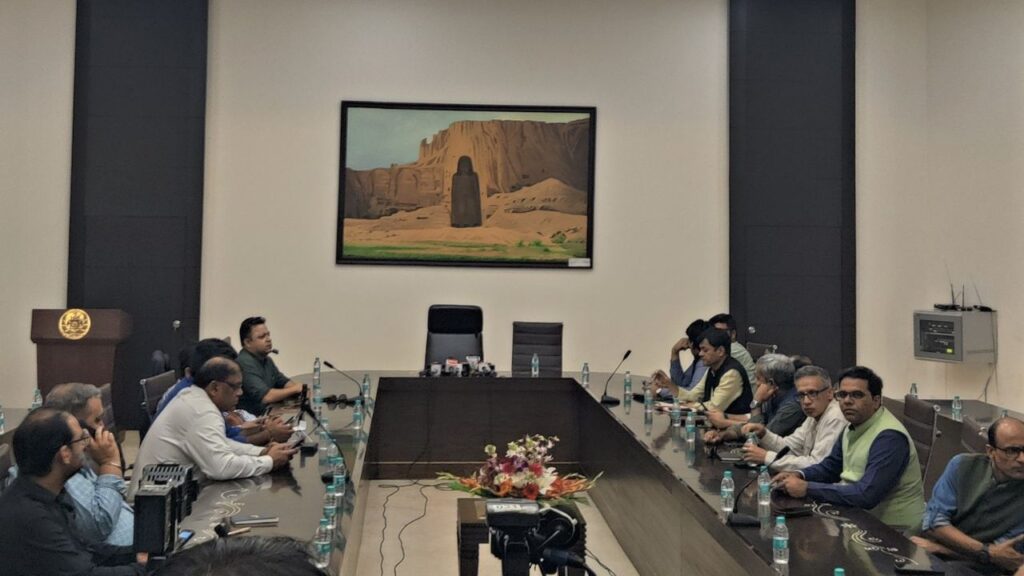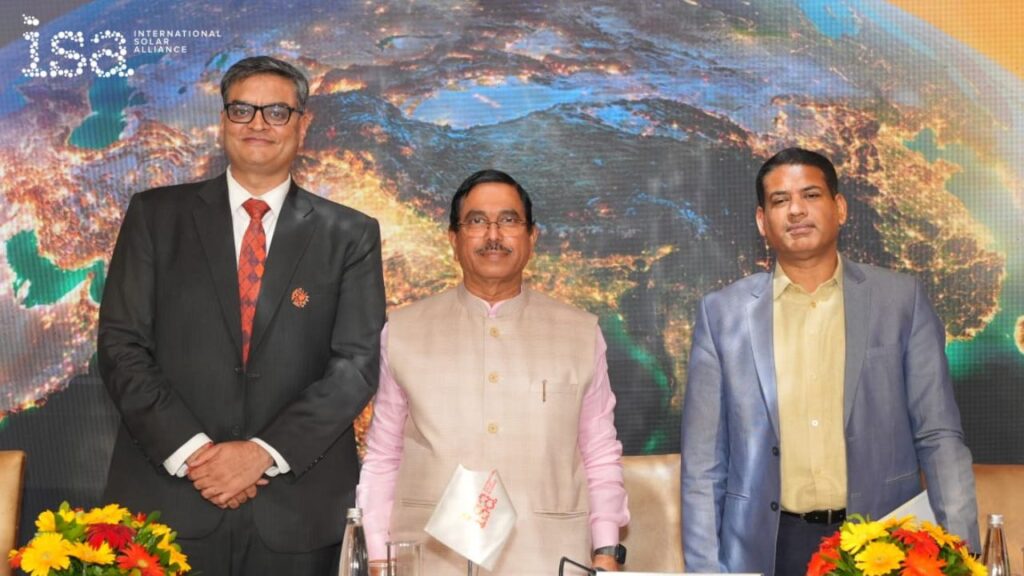A sacred celebration at the Venkateswara Swamy Temple in Kasibugga, Srikakulam district, turned into one of India’s deadliest public tragedies of the year when a massive crowd surge during the Ekadashi observance claimed at least ten lives and left more than two dozen people injured. The incident, which unfolded amid chants and offerings, has now been classified as the sixth major stampede of 2025, pushing the country’s death toll from such disasters this year to 114, the second highest in recent memory.
The stampede occurred on the morning of November 1, as thousands of devotees poured into the privately managed temple for the auspicious occasion of Karthika Masam. Eyewitnesses described panic spreading after a section of the metal railing used to manage queues gave way, causing those in front to fall and others to surge forward in confusion. The narrow stairway and limited exits turned deadly within moments. Videos circulating online showed women clutching puja baskets and crying for help as volunteers and bystanders struggled to pull victims from beneath the crush. Most of the deceased were women, and among them was a thirteen-year-old boy.
Authorities confirmed that the temple premises, designed to hold only a few thousand visitors, were packed with more than twenty thousand people at the time. District police have since sealed the temple and taken its 95-year-old founder into custody for questioning. Officials said the temple operates independently, without oversight from the state Endowments Department, and had not informed local authorities about the expected scale of the gathering. Andhra Pradesh Chief Minister N. Chandrababu Naidu called the incident “extremely heartbreaking” and ordered an immediate inquiry. Prime Minister Narendra Modi extended condolences and announced an ex-gratia of ₹2 lakh to the families of the deceased and ₹50,000 to the injured.
The tragedy in Srikakulam has reignited debate about India’s recurring failure to ensure crowd safety at religious and public events. Experts note that despite repeated recommendations after incidents from Hathras to Vaishno Devi, implementation of safety audits, crowd-flow systems, and infrastructure standards remains minimal. Many gatherings, especially at privately run temples or local shrines, continue without adequate permissions or oversight, leaving devotees vulnerable to structural weaknesses and uncontrolled crowd movement. Preliminary reports suggest that the railing that collapsed at Kasibugga was recently built but never inspected for load capacity, raising further concerns about construction safety.
Rescue operations began within minutes, with police, fire officials, and local volunteers rushing the injured to nearby hospitals. By afternoon, the temple complex had been cordoned off and forensic teams were examining damaged sections of the structure. The district administration has promised medical assistance and compensation to victims’ families, while an investigative committee will identify lapses in planning and determine responsibility for negligence.
This year alone, India has witnessed a disturbing pattern of fatal crowd incidents, with more than a hundred lives lost across temples, political rallies, and cultural events. The Srikakulam stampede has once again exposed the fragile line between faith and safety in a country where millions gather in confined, often unregulated spaces. As mourning families perform last rites for their loved ones, questions loom over whether lessons will finally be learned or whether such avoidable tragedies will continue to repeat. For the people of Kasibugga, the closed gates of the Venkateswara Swamy Temple now stand as a haunting symbol of devotion overshadowed by neglect.
















